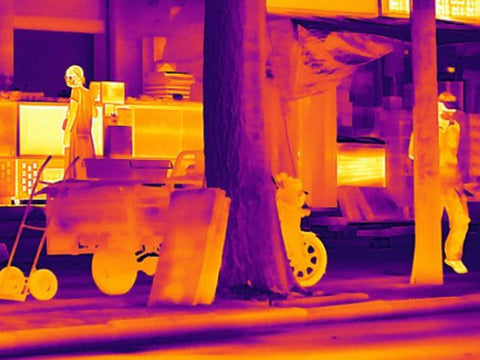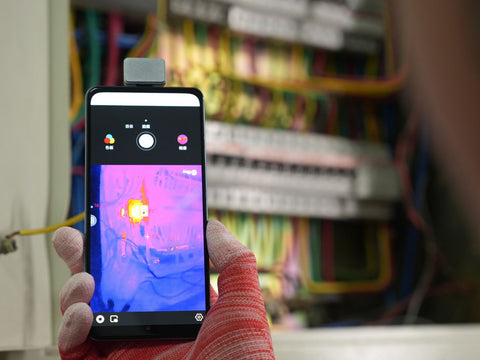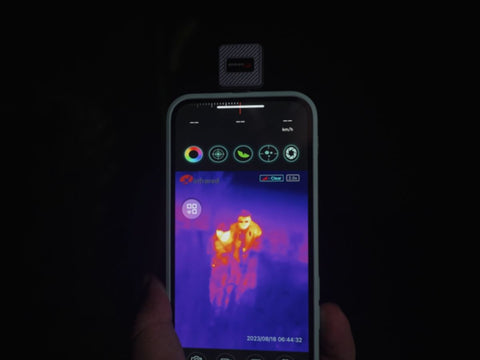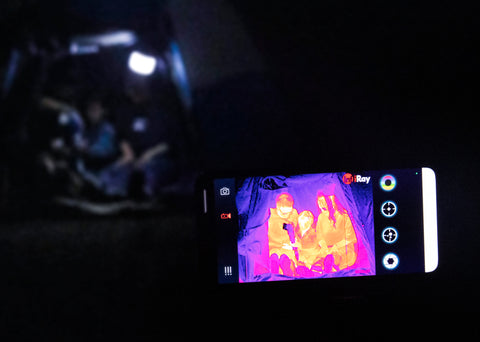Thermal Imaging Technology in Search and Rescue
Thermal imaging technology has completely transformed search and rescue operations. It is widely used for locating missing persons, detecting heat sources, and identifying potential hazards. The real-time detection and display of temperature changes make thermal cameras invaluable tools for rescue teams.
Thermal imaging technology plays an irreplaceable role in the field of search and rescue. It is not just a simple device but a powerful and sophisticated tool that can assist rescue personnel in unprecedented ways. Thermal cameras can detect and display temperature changes in real-time, which is crucial for search and rescue operations. This capability makes thermal imagers an indispensable and valuable resource for rescue teams. Whether at dangerous natural disaster sites, complex industrial accident scenes, or even during fire hazard inspections in daily life, thermal imaging technology provides critical information to help rescue personnel make rapid decisions and save lives.

The application of thermal imaging technology is particularly important in search and rescue operations. It can detect heat sources originating from gas leaks, electrical fires, or burning buildings. By identifying these heat sources, rescue personnel can quickly pinpoint the exact location of missing persons, which is crucial for saving lives and ensuring the safety of rescue teams and workers involved in the operation.

Furthermore, it's worth mentioning that the application of thermal imaging technology is not limited by environmental conditions. Even in pitch-dark environments where visibility is zero, or when individuals are unconscious and immobile, thermal imagers can still capture body temperature signals emitted by humans. This makes it easier for rescuers to track and locate missing persons or survivors. Whether someone is hiding behind bushes or in other concealed locations, thermal images can capture their presence, greatly facilitating the search.

In situations involving natural disasters such as floods, the importance of thermal imaging technology becomes even more apparent. This technology excels in detecting naturally occurring heat sources, especially in assessing the condition of survivors and providing timely assistance. Once a body temperature signal is detected, rescue personnel can take immediate action to assist those trapped, significantly reducing the time required for rescue operations.

In summary, thermal imaging technology is a critical tool that plays a vital role in emergency search and rescue missions. By identifying and utilizing heat signals generated by different heat sources, rescue teams can not only determine the precise location of trapped individuals but also initiate rescue operations at the fastest possible speed. This not only improves rescue efficiency but also buys valuable time to save lives in emergencies.




